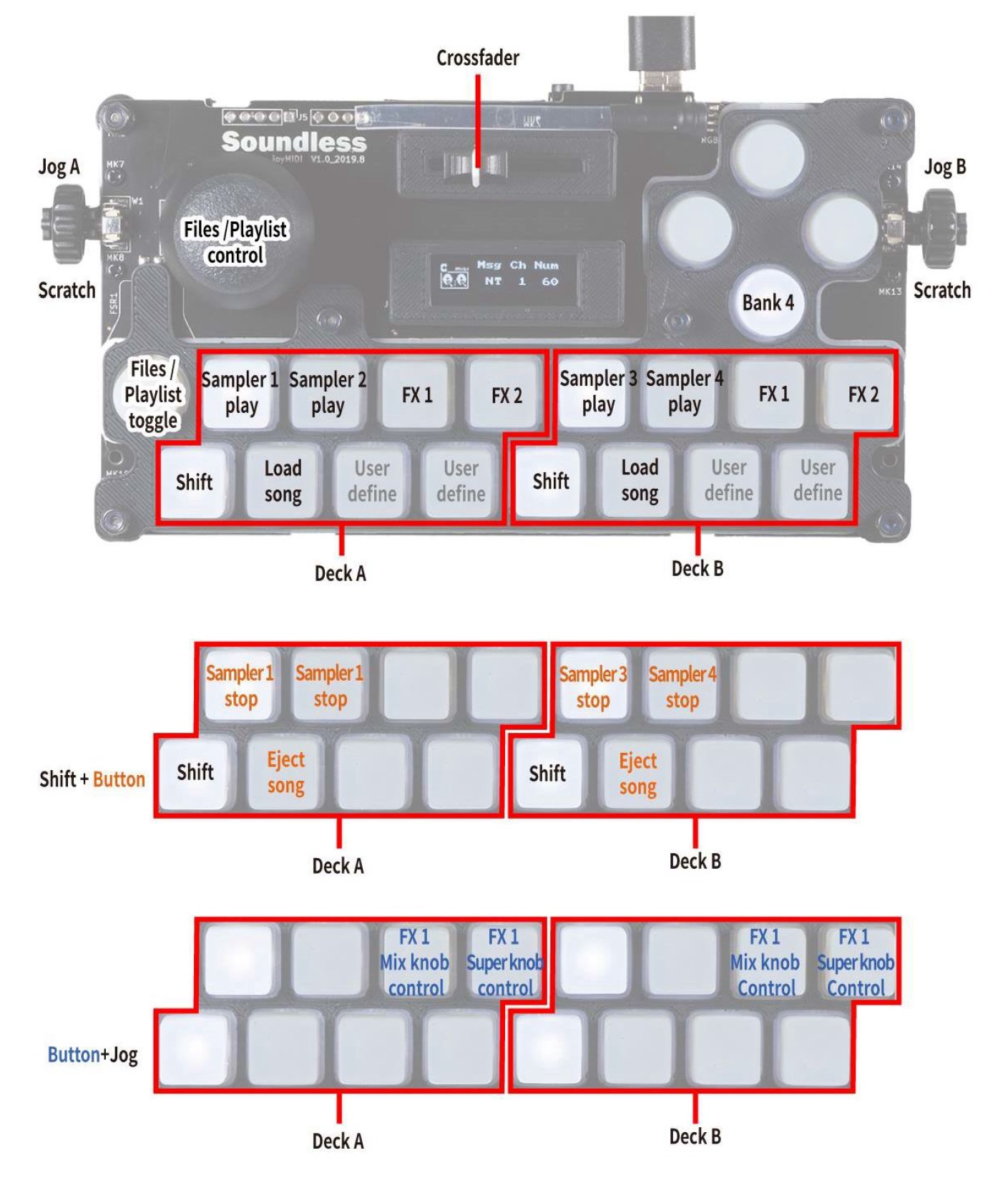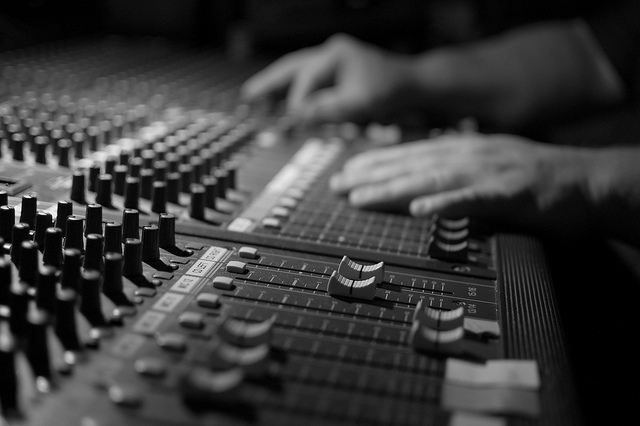
From 2000-2001, Mixman launched online remixing songs called Mixman eMixes with Brittney Spears, ‘N Sync, David Bowie, LL Cool J and forty other major artists. The online community included user services such as an online radio station for user uploads (similar to Soundcloud) and community services (similar to what became offered by MySpace).

Mixman developed an online version that in conjunction with its online community promoted independent and major label artists for Mixman’s label and artist clients. Mixman products were sold in both retail consumer outlets like Best Buy, Comp USA, Fry’s and Circuit City, as well as in the Music Instrument channel such as Guitar Center and other Music Instrument Stores. After partnering with record companies in 1996 and publishing one music title, Mixman launched Mixman Studio in 1997 and Mixman StudioPro in 1998, which shifted Mixman from a consumer activity toward a more sophisticated production and creativity tool.
#Mixman studio 2019 Pc#
In 1996, Mixman released the first interactive CD that allowed users to perform live with their PC with zero latency and auto-beat matching.
#Mixman studio 2019 software#
Later, the company turned to developing software as well as publishing dance music. In other words, users could edit and rebuild the raw ingredients of a song. The original mission was to create powerful but easy-to-use interactive music creation tools that enabled the user to make and perform music with the digital song elements of their favorite artist or music style in real time. Fundamental patents were also filed on the synchronization technology. The industrial designs of the hardware controller were designed by Scott Summit of Summit Industrial Design. Within a year, the prototype was built and contained a hardware controller and music cartridges that held data for each song. After Gabriel and Almgren became partners in the early 1990s, they built a team to develop a hardware device prototype that could work with music cartridges much like video game cartridges.

A musician and computer programmer, he had long wanted to make composing and recording music accessible to the average person. He had developed a system to control individual music loops and later a hardware configuration that involved projected light beams and sensors. The original concept came from prototypes Gabriel developed while a student at the Institute of Sonology in the Netherlands.


 0 kommentar(er)
0 kommentar(er)
